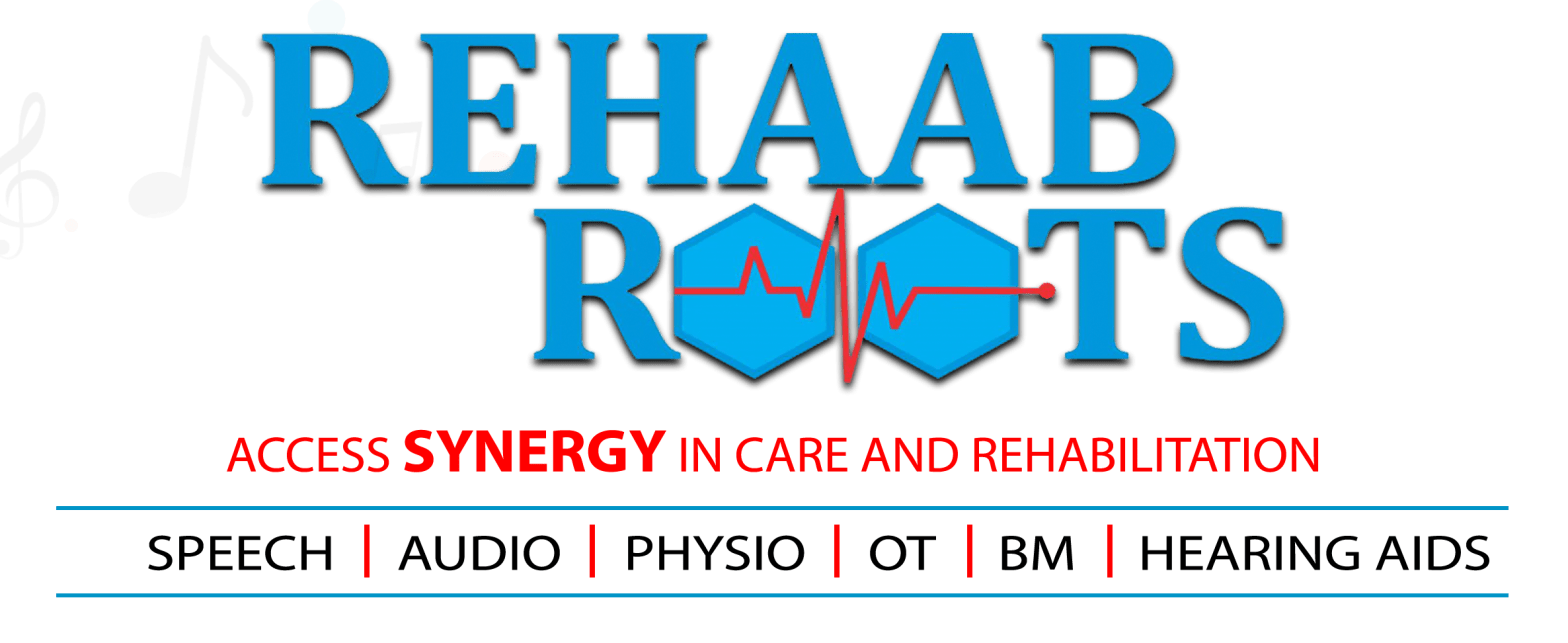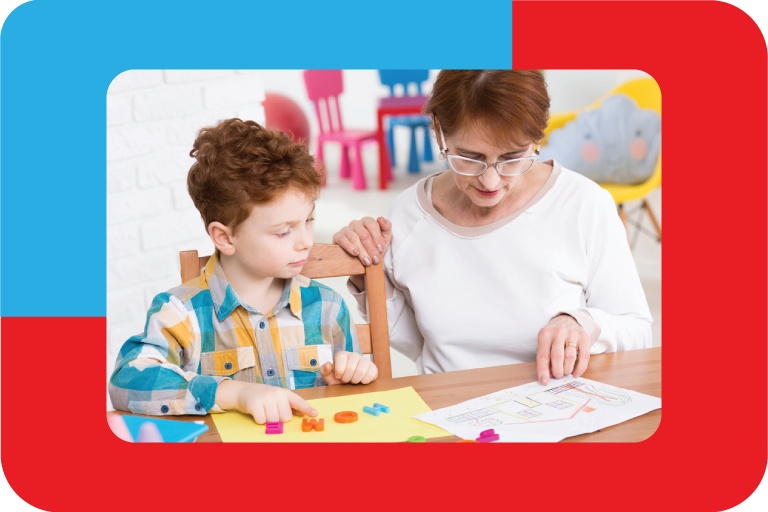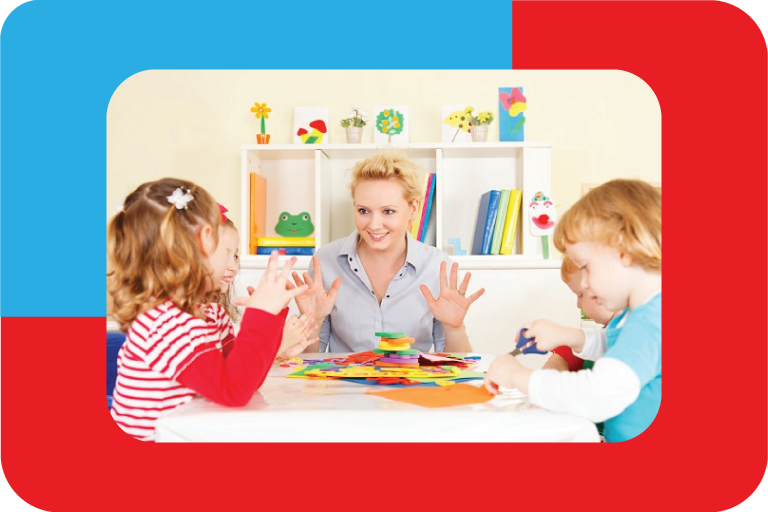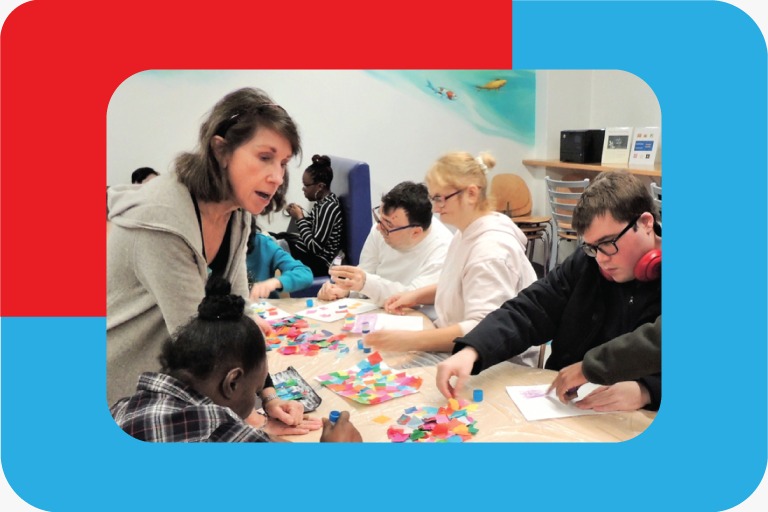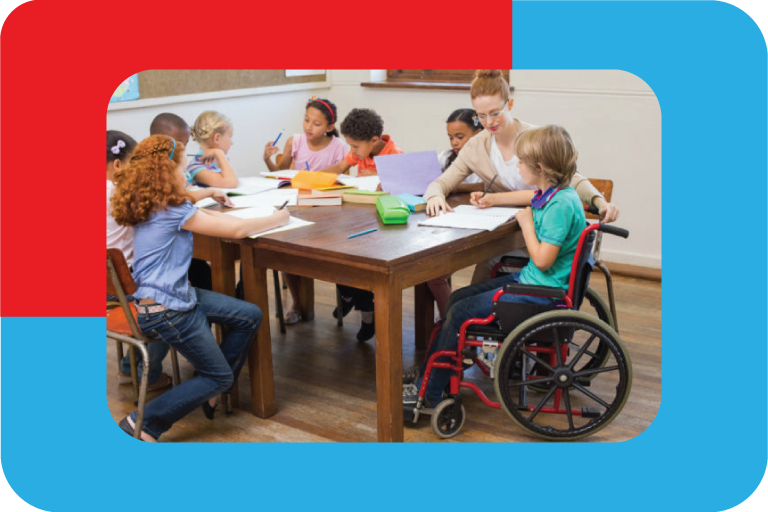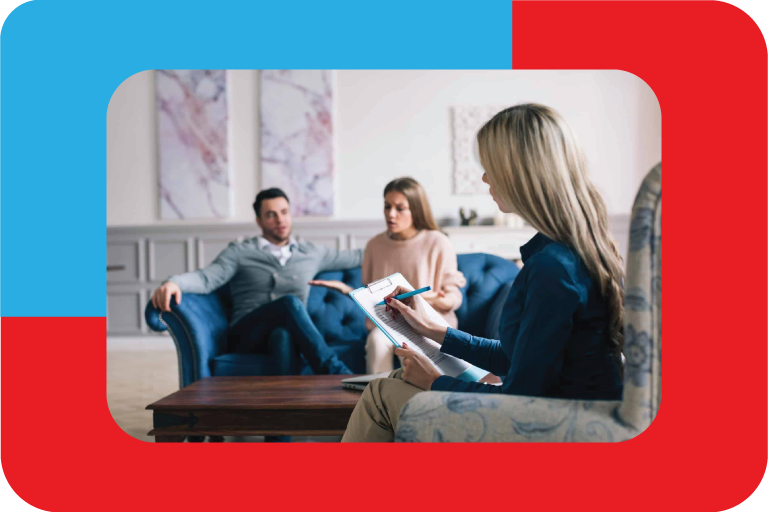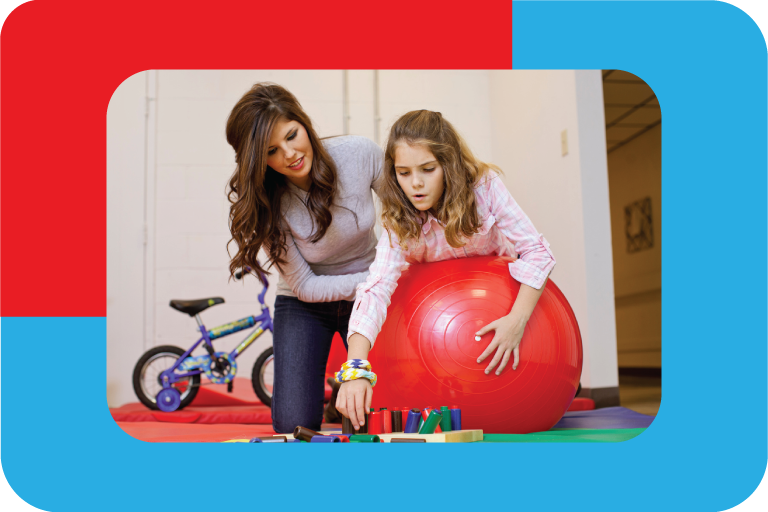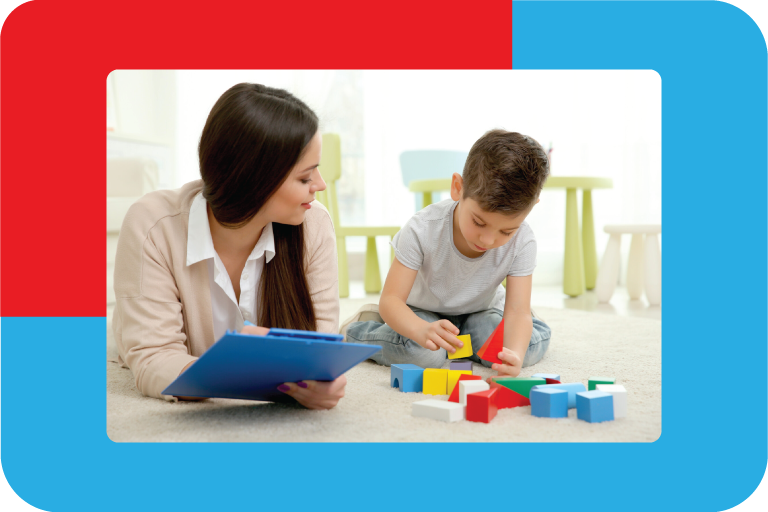
The Rehaabroots occupational therapy curriculum includes the following elements:
- Range of motion, strength, coordination, and feeling are all aspects of upper-extremity care.
- Self-care, house management, and community involvement are examples of daily activities.
- Retraining of the cognitive, perceptual, and/or visual systems in relation to daily activities
- Splints, slings, and other helpful devices are made.
- Adaptive equipment evaluation and provision
- Home inspections
- Drivers with disabilities are screened to see if they are ready to drive.
- Outpatient services that are comprehensive
- Professional Personnel
